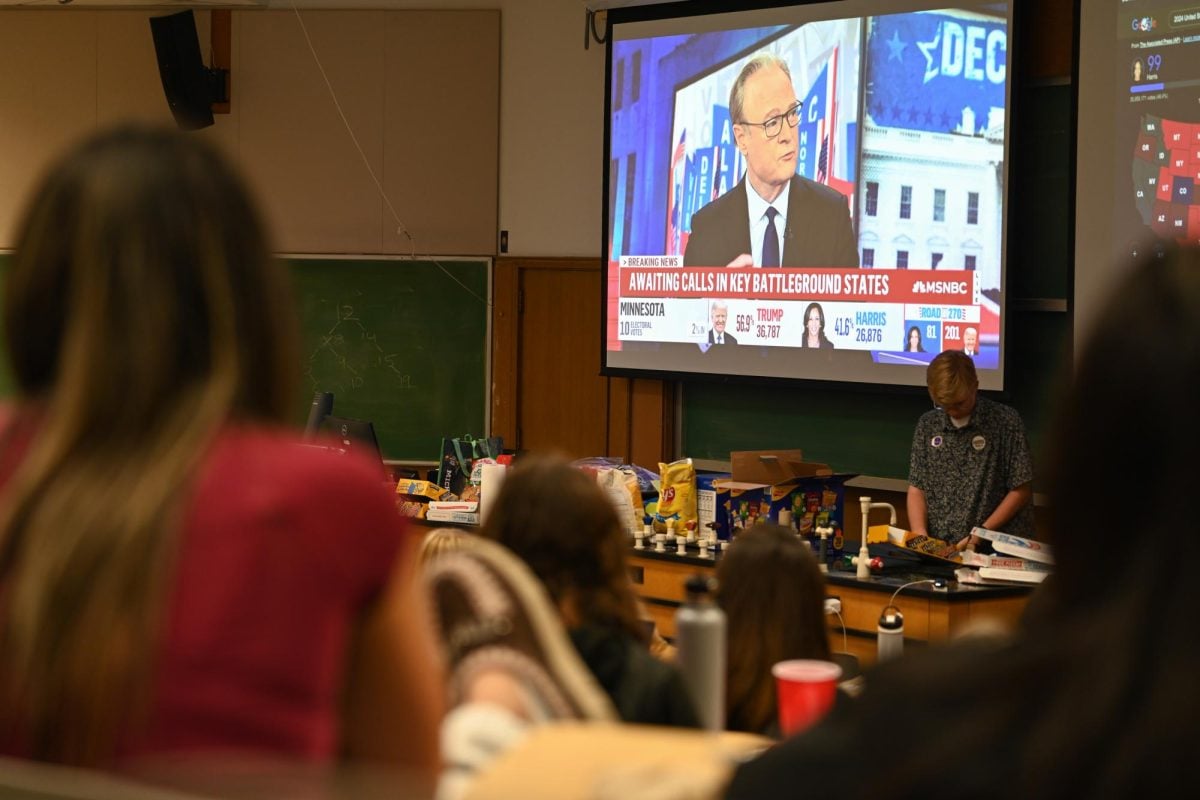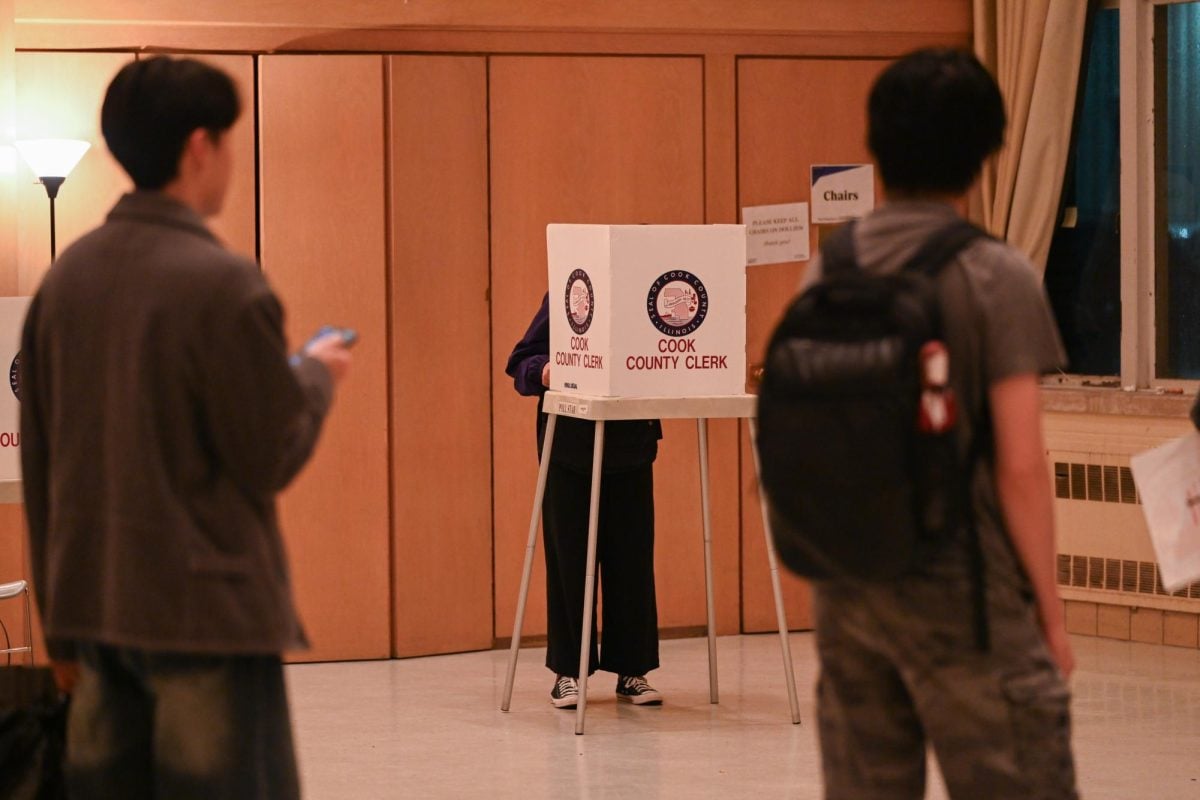As Illinois financial aid struggles to catch up to rising tuition rates, the state’s Monetary Awards Program, Illinois’ primary source of college aid, turned away 35,000 applicants who filed their Free Application for Federal Student Aid forms after March 19.
The Monetary Awards Program distributes aid on a first-come, first-serve basis. This year’s cutoff date came six days before last year’s deadline. For the 2012-2013 school year, its $378 million budget was depleted by the first 141,000 applicants.
John Samuels, spokesman for the Illinois Student Assistant Commission, which helps students obtain financial aid, said those who filed their applications after March 19 will not receive MAP awards unless the Illinois state legislation grants increased funding.
“The state budget is caught up on a lot of things this year, like stabilizing Medicaid expenses and pensions,” Samuels said. “But because education is one of Illinois’ top three priorities, we’re hoping to receive additional funding after the next General Assembly meeting.”
Samuels said state-issued financial aid continuously struggles to meet the needs of its college students who face increasing tuitions.
“A decade ago, a MAP grant would cover about 100 percent of financial need at a public state school, and right now, a MAP grant would cover only about 48 percent,” Samuels said. “This is because tuition and fees have increased while the funding for MAP has stayed relatively level.”
Next year, ISAC will most likely announce an even earlier cutoff date for its MAP applications, Samuels said. However, the state is currently working on a resolution, he said. In January 2013, a special committee under the Illinois General Assembly will meet to discuss the mechanisms of MAP and to possibly change its first-come, first-serve method of distribution.
As both state and federal financial aid face the challenges of meeting the needs of students, many college attendees turn to federal and private loans. Last week, the Consumer Financial Protection Bureau announced the total U.S. student loan debt has reached $1 trillion, surpassing last year’s credit card debt.
– Cathaleen Qiao Chen






